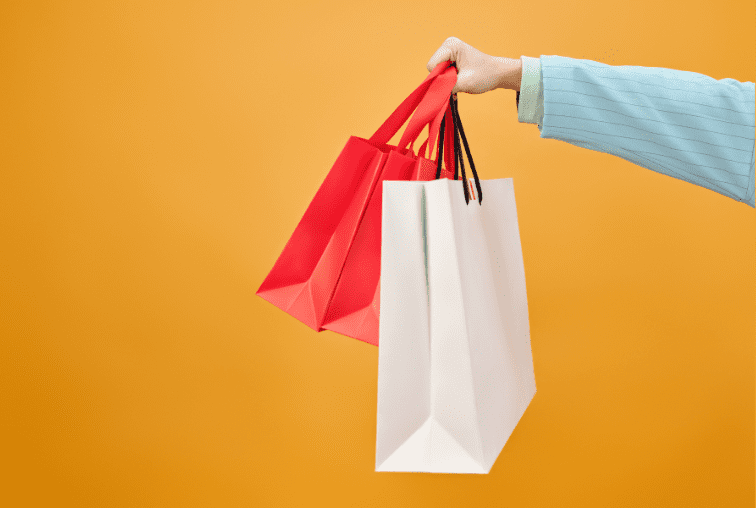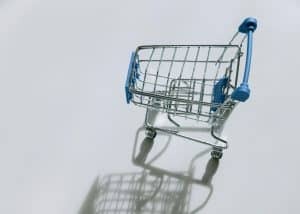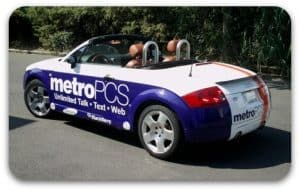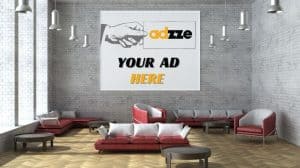Introduction: Why Tactile Media Wins Retail Attention
In the age of fragmented media and short attention spans, retail marketing effectiveness hinges on more than just flashy visuals. Today, it’s about sensory engagement — and that’s where tactile triggers come in. The optimize retail promotional effectiveness doesn’t depend solely on digital targeting anymore. It thrives where real hands meet real media.
Tactile in-hand formats like coffee sleeves ads and bar coaster ads tap directly into customer behavior during idle yet impressionable moments. They don’t interrupt — they integrate. And for marketers striving to boost ROI and brand recall in retail spaces, these subtle formats can be game-changers.
The Optimize Retail Promotional Effectiveness Starts with Sensory Memory
Traditional OOH advertising is often passive. Billboards flash by. Posters fade into the background. But coffee sleeves advertisement and bar coaster ad campaigns are interactive by nature — they’re held, touched, and lingered with.
Why does this matter?
Studies in neuroscience and consumer psychology reveal that physical touch enhances memory encoding. Tactile experiences leave stronger mental imprints compared to visual-only cues. That’s why the optimize retail promotional effectiveness relies on formats that customers literally grasp.
Imagine a customer receiving a warm cappuccino with a branded sleeve promoting a “20% off next visit” QR code. They cradle it for minutes, flipping it between sips. That’s brand intimacy — not just brand exposure.
The Behavioral Timing of Coasters and Sleeves
To truly optimize retail promotional effectiveness, marketers must understand behavioral timing. Here’s how bar coasters and coffee sleeves naturally intersect with consumer routines:
Bar Coasters: Typically engaged with during long dwell times — social drinking, relaxed conversations, casual waiting.
Coffee Sleeves: Often in hand during morning routines, work breaks, or commutes — quiet, focused moments.
This built-in dwell time means your message isn’t lost in a glance. It’s absorbed. Consider it the opposite of billboard overload — instead of being forced into view, it’s welcomed as part of the experience.
OOH Advertising That’s Not Ignored
Let’s address the elephant in the room: traditional OOH advertising is increasingly ignored.
Consumers are visually fatigued. They’re conditioned to tune out banner ads, skip pre-rolls, and walk past static signs. But OOH ads in hand-held formats don’t scream for attention — they’re quietly persuasive.
A coffee sleeves ad becomes part of the consumer’s personal space. A bar coaster ad sits beneath their drink, subtly reinforcing brand presence without being disruptive. That’s OOH advertising at its most efficient.
The Optimize Retail Promotional Effectiveness Through Hyperlocal Targeting
These in-hand formats are hyperlocal by design. You can customize sleeves and coasters not just by location — but by venue type, customer profile, and even time of day.
Launching a local wellness brand? Distribute coffee sleeves ads at boutique cafés near fitness studios.
Promoting a new beer flavor? Place bar coaster ads in trendy gastropubs.
Advertising family-oriented services? Target coasters in pizza restaurants or juice bars.
This hyperlocal targeting makes your spend go further. It reaches real consumers in contextually relevant spaces — no guesswork, no wasted impressions.
QR Codes: The Seamless Bridge to Digital
Tactile formats can now deliver real-time metrics, thanks to QR codes and short URLs. The optimize retail promotional effectiveness today is no longer just a branding exercise — it’s measurable performance.
Use coasters or sleeves to prompt actions like:
Booking appointments
Unlocking promotions
Joining loyalty programs
Viewing video content
Following social channels
The QR experience feels intuitive because it doesn’t interrupt — it invites. And since the consumer is already idle and engaged, they’re more likely to act.
Emotional Impact and Brand Trust
In retail environments, especially cafés and bars, trust is built during quiet moments. A coffee sleeves ad from a healthcare clinic offering mental health checkups doesn’t feel invasive. It feels thoughtful.
A bar coaster ad featuring safe ride options or local initiatives shows community care. That emotional relevance boosts long-term brand affinity.
By aligning your brand message with the emotional state of the customer — calm, relaxed, attentive — you create a memory that extends beyond the point of sale.
Case Study: Local Beverage Brand Sees 22% Lift in Return Visits
A beverage company recently partnered with a coffee chain to run a coffee sleeves advertisement campaign featuring a loyalty QR code and emotional brand storytelling. The campaign targeted mid-sized cities in the Midwest with branded sleeves for 6 weeks.
Results:
22% increase in return visits
9% boost in social engagement
QR scan rate nearly 3x industry average
This kind of engagement simply wouldn’t happen with a roadside billboard.
Why Coffee Sleeves and Coasters Beat Static Ads
Feature |
Billboards |
Coffee Sleeves & Coasters |
Dwell Time |
<5 seconds |
10–20 minutes |
Sensory Engagement |
Visual only |
Visual + Tactile |
Contextual Placement |
General |
Highly Specific (venue-based) |
Consumer Receptiveness |
Passive |
Actively Engaged |
Trackable Actions |
Limited |
High (via QR/URLs) |






